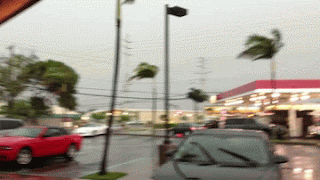- avalanches (snow, rock, or air & snow) and its runout
- earthquakes and earthquake-triggered phenomena such as tsunamis
- forest fires (espec. in Mediterranean areas) leading to deforestation
- geomagnetic storms[1]
- ice jams (Eisstoß)on rivers or glacial lake outburst floods below a glacier
- landslide (lateral displacement of earth materials on a slope or hillside)
- mudflows (avalanche-like muddy flow of soft/wet soil and sediment materials, narrow landslides)
- pyroclastic flows
- rock falls, rock slides, (rock avalanche) and debris flows
- torrents (flash floods, rapid floods or heavy current creeks with irregular course)
- volcanic eruptions, lahars and ash falls.
Here are some phenomenon like:
Avalanche- An avalanche (also called a snowslide or snowslip) is a rapid flow of snow down a slope. Avalanches are typically triggered in a starting zone from a mechanical failure in the snowpack (slab avalanche) when the forces on the snow exceed its strength but sometimes only with gradually widening (loose snow avalanche). After initiation, avalanches usually accelerate rapidly and grow in mass and volume as they entrain more snow. If the avalanche moves fast enough some of the snow may mix with the air forming a powder snow avalanche, which is a type of gravity current.
An earthquake (also known as a quake, tremor or temblor) is the result of a sudden release of energy in the Earth's crust that creates seismic waves. Theseismicity, seismism or seismic activity of an area refers to the frequency, type and size of earthquakes experienced over a period of time
At the Earth's surface, earthquakes manifest themselves by shaking and sometimes displacement of the ground. When the epicenter of a large earthquake is located offshore, the seabed may be displaced sufficiently to cause a tsunami. Earthquakes can also trigger landslides, and occasionally volcanic activity.









